Buy the photo Wadden Sea by Lisa Antoinette Photography on canvas, ArtFrame, poster and wallpaper, printed on demand in high quality.
About "Wadden Sea"
by Lisa Antoinette Photography
About the artwork
The Wadden Sea (Frisian: Waadsee, German: Wattenmeer, Danish: Vadehavet) is the inland sea between the Wadden Islands and the North Sea on one side, and the mainland of the Netherlands, Germany and Denmark on the other. The area extends between Den Helder in the Netherlands and Esbjerg in Denmark, has a length of 500 km and a width of 20 km on average. It covers about 10,000 km², of which about 7,500 km² is tidal area (mudflats and sandbanks), 1,100 km² islands and 350 km² salt marshes and summer polders. The rest consists of channels. A number of rivers flow into the Wadden Sea. The estuaries widened into estuaries such as the Dollard, the Lauwerszee, the Middelzee and the Zuiderzee. The last three have since been closed. The Afsluitdijk, completed in 1932, has been part of the southern boundary of the Wadden Sea since that year. The Wadden Sea is interrupted by the Hindenburgdamm from the island of Sylt and the Rømøvej, the dam to Rømø. The Wadden Sea area has great natural value and is on the UNESCO World Heritage List. The World Heritage Site covers over 12,000 km², which includes the transitional area to the North Sea (some 4,000 km²). It largely excludes the Wadden Islands of the Netherlands and Schleswig-Holstein (almost 700 km²) and the estuaries of the Ems, Außenjade, Weser and Elbe rivers. However, these areas are largely covered by the Natura 2000 regime. Protection measures are coordinated by the International Wa

About Lisa Antoinette Photography
My name is Lisa Kompier, I live in Maarssen (Utrecht) and I am 29 years old.
My passion started about 7 years ago when there were still cameras with rolls that you had to hand in at the store so they could be developed.
I bought my first..
Read more…
 Germany
Germany Ordered in March 2025
Ordered in March 2025
 Germany
Germany Ordered in October 2022
Ordered in October 2022
 Netherlands
Netherlands Ordered in October 2017
Ordered in October 2017

 Germany
Germany Ordered in January 2022
Ordered in January 2022
 Germany
Germany Ordered in July 2020
Ordered in July 2020
 Netherlands
Netherlands Ordered in November 2020
Ordered in November 2020
 Germany
Germany Ordered in January 2020
Ordered in January 2020
 Germany
Germany Ordered in August 2021
Ordered in August 2021
 Netherlands
Netherlands Ordered in August 2021
Ordered in August 2021
 Germany
Germany Ordered in June 2022
Ordered in June 2022
 Netherlands
Netherlands Ordered in November 2023
Ordered in November 2023
 Netherlands
Netherlands Ordered in December 2021
Ordered in December 2021
About the material
Wallpaper
Make a statement with art on wallpaper
- Razor-sharp prints
- Easy to apply
- Big sizes possible
- Strong quality
Discover the artworks of Lisa Antoinette Photography
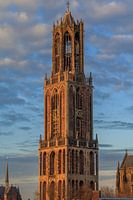 DomtorenLisa Antoinette Photography
DomtorenLisa Antoinette Photography Red FoxLisa Antoinette Photography
Red FoxLisa Antoinette Photography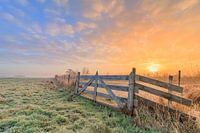 Dutch Landscape/SunriseLisa Antoinette Photography
Dutch Landscape/SunriseLisa Antoinette Photography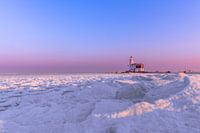 Horse of MarkenLisa Antoinette Photography
Horse of MarkenLisa Antoinette Photography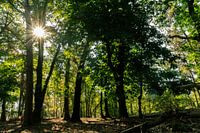 Utrecht Hill RidgeLisa Antoinette Photography
Utrecht Hill RidgeLisa Antoinette Photography City skylineLisa Antoinette Photography
City skylineLisa Antoinette Photography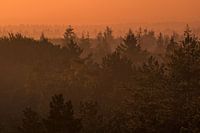 Thorn, Kaapse BossenLisa Antoinette Photography
Thorn, Kaapse BossenLisa Antoinette Photography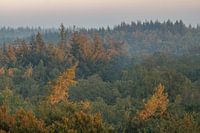 Thorn, Kaapse BossenLisa Antoinette Photography
Thorn, Kaapse BossenLisa Antoinette Photography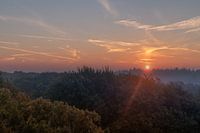 Thorn, Kaapse BossenLisa Antoinette Photography
Thorn, Kaapse BossenLisa Antoinette Photography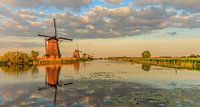 Kinderdijk world heritageLisa Antoinette Photography
Kinderdijk world heritageLisa Antoinette Photography GarlicLisa Antoinette Photography
GarlicLisa Antoinette Photography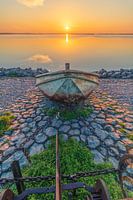 Cornward's boat.Lisa Antoinette Photography
Cornward's boat.Lisa Antoinette Photography Scottish HighlanderLisa Antoinette Photography
Scottish HighlanderLisa Antoinette Photography DaisyLisa Antoinette Photography
DaisyLisa Antoinette Photography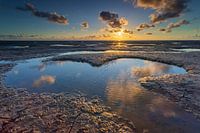 Wadden SeaLisa Antoinette Photography
Wadden SeaLisa Antoinette Photography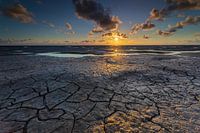 Wadden SeaLisa Antoinette Photography
Wadden SeaLisa Antoinette Photography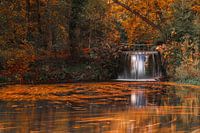 Sonsbeek, Arnhem waterfallLisa Antoinette Photography
Sonsbeek, Arnhem waterfallLisa Antoinette Photography PosbankLisa Antoinette Photography
PosbankLisa Antoinette Photography PosbankLisa Antoinette Photography
PosbankLisa Antoinette Photography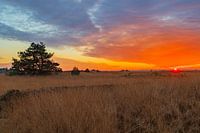 Sunset National park VeluweLisa Antoinette Photography
Sunset National park VeluweLisa Antoinette Photography
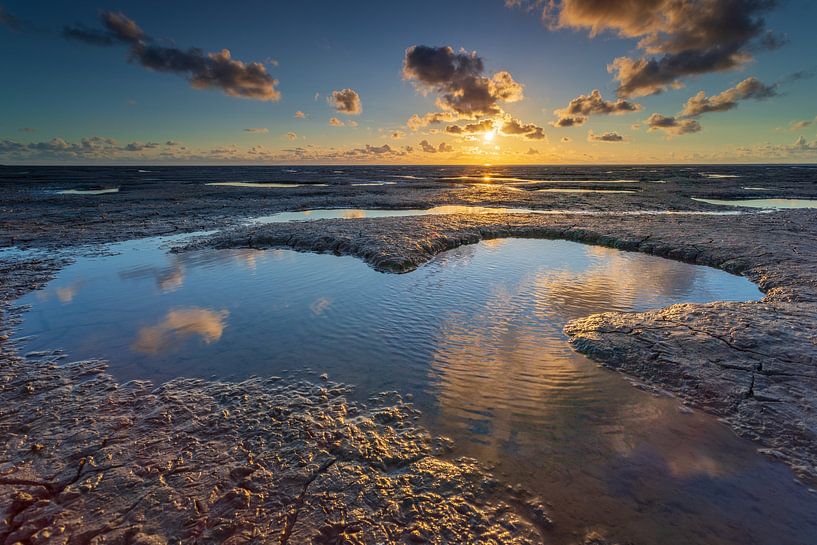

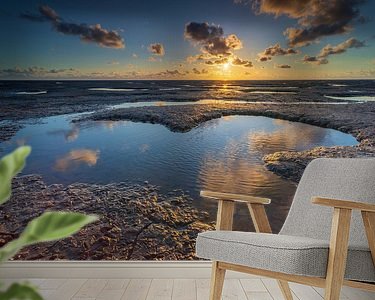




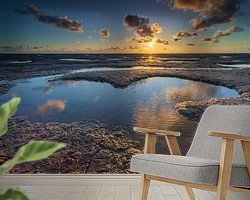





 Dike
Dike Friesland
Friesland North Sea
North Sea Photo wallpaper
Photo wallpaper Photography
Photography Serene Peace
Serene Peace The Netherlands
The Netherlands UNESCO World Heritage Locations
UNESCO World Heritage Locations Wadden Islands and Wadden Sea
Wadden Islands and Wadden Sea









